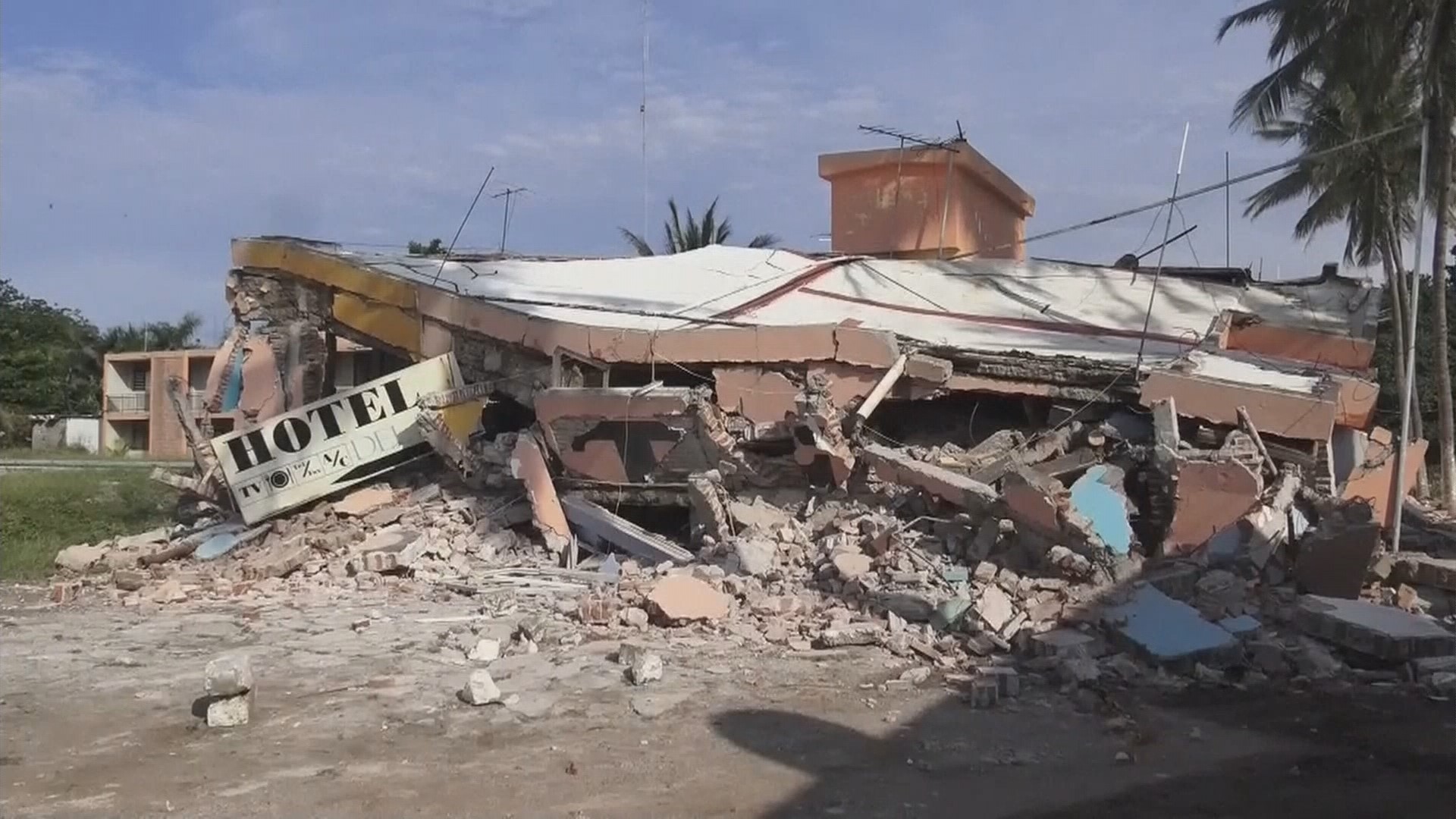Seismologists in our are are taking a close look at a series of quakes in Mexico over the last month and finding clues about what could happen here.
On Monday morning, the Mexican State of Oaxaca suffered a magnitude 5.9 earthquake, the second aftershock following a large magnitude 7.2 earthquake on Friday. The other aftershock was a 5.8 on Saturday.
Yet, there is a bigger story beyond this immediate swarm. Friday’s 7.2 follows two other large earthquakes inside of six months. The most devastating, a smaller magnitude 7.1 much closer to Mexico City on September 17. That quake claimed 370 lives and injured upward of 6,000.
Then there was a huge magnitude 8.2 on September 7 located offshore in the Pacific Ocean, which is blamed for killing 98 and injuring hundreds more in a more rural part of the country.
The quakes are believed to be on a slab of rock making up the ocean floor, which for millions of years has been forced under the North American continent. Scientists call that process “subduction” when the plates are forced past each other as the ocean floor expands, and the result is very large earthquakes, often around magnitude nine are the result. This same subduction scenario is also at work in the Pacific Northwest and in Japan, which saw a massive quake and tsunami in 2011.
In the case of the three recent Mexican events, it’s believed the quakes are the result, not of subduction, but of that ocean plate cracking, not unlike the 6.8 Nisqually earthquake near Olympia, Washington on February 28, 2001, which caused an estimated $2 billion in damage, but no direct deaths.

Bill Steele, of the Pacific Northwest Seismic Network at the University of Washington suggests the Friday’s 7.1 could be an aftershock of the 8.2 on September 7th, as stress is relieved through an earthquake in one area, can increase stresses on another. He and other scientists have long cautioned that Mexico is too far away from Washington to add to any stresses here.
Mexico is considered more seismically active than the Pacific Northwest, and that the ocean slab is at a more shallow angle than the Juan De Fuca ocean plate that lays under much of Western Washington.
But the scenario of back to back large earthquakes is not out of the question in Washington State, and scientists continue to study and theorize about how a major quake on the Cascadia Subduction Zone, the Seattle Fault, or other northwest fault could potentially bring a series of large earthquakes here.

